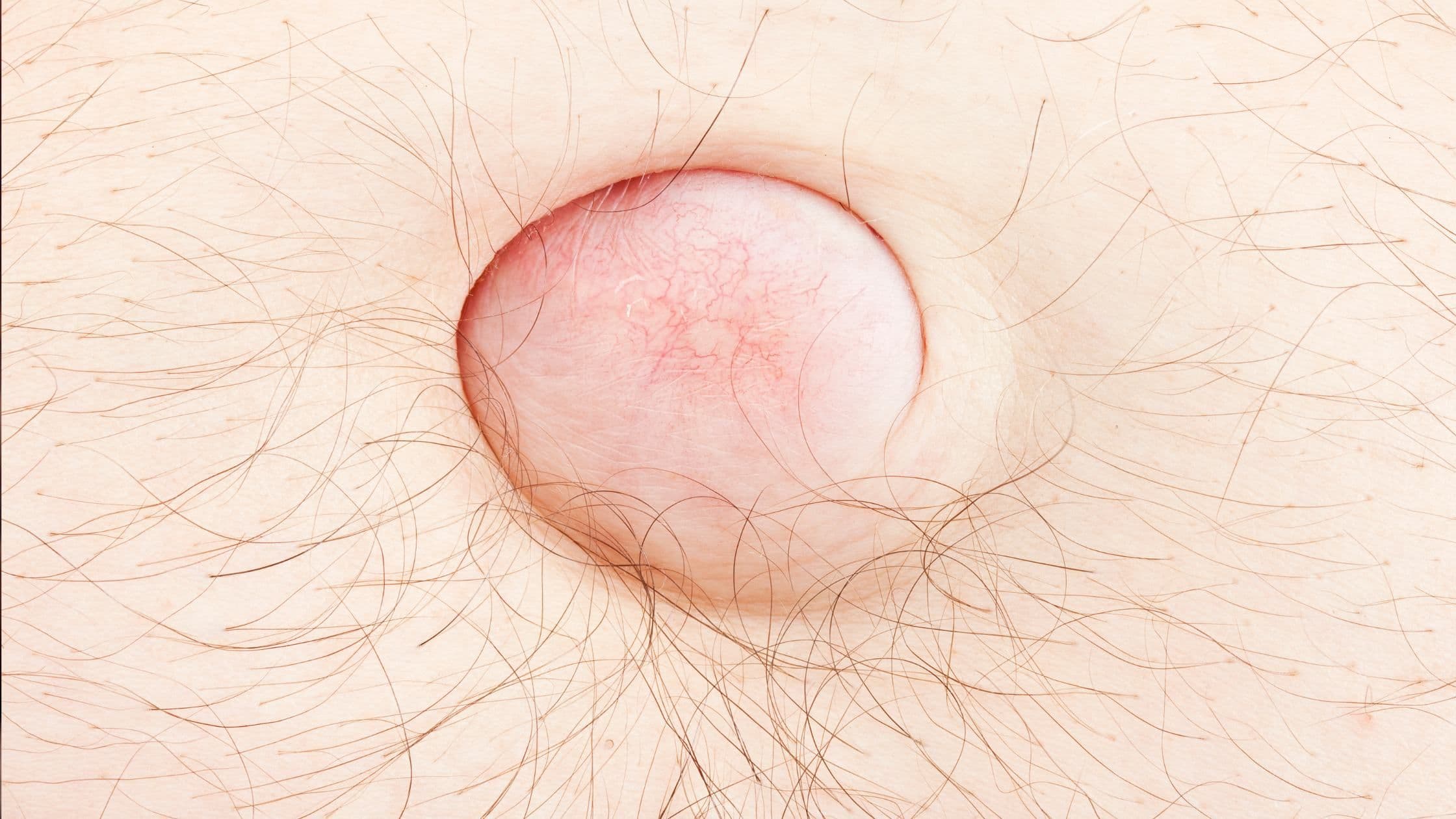Understanding and Addressing Hernias
Hernias occur when an organ or tissue pushes through a weak spot in the muscles or tissues that normally hold it in place. This can create a visible bulge or lump, often accompanied by discomfort or pain. While not always life-threatening, hernias can be disruptive and require medical attention. This guide delves into the world of hernias, exploring different types, causes, symptoms, and treatment options to help you understand and address this condition.

A Spectrum of Bulges: Exploring Different Types of Hernias
Hernias can occur in various locations throughout the body, each with its own characteristics:
- Inguinal Hernia: This is the most common type of hernia, accounting for over 70% of all cases. It occurs in the groin area, where a portion of the intestine or abdominal tissue pushes through a weakness in the groin muscle wall.
- Hiatal Hernia: This type of hernia occurs in the upper abdomen, where the upper part of the stomach bulges through the diaphragm (the muscle separating the chest from the abdomen) into the chest cavity.
- Femoral Hernia: Less common than inguinal hernias, femoral hernias develop in the groin area near the crease of the thigh, where tissue or intestine protrudes through a weak spot in the femoral canal.
- Umbilical Hernia: This type of hernia occurs around the belly button, where tissue or intestine pushes through the abdominal wall near the navel. Umbilical hernias are more common in infants but can also occur in adults.
- Incisional Hernia: This type of hernia can develop at the site of a previous abdominal surgery, where the tissues haven't healed completely, allowing tissue or intestine to protrude.
The Culprits Behind the Bulge: Causes of Hernias
Several factors can contribute to the development of a hernia:
- Increased Pressure in the Abdomen: Straining due to heavy lifting, chronic coughing, constipation, or pregnancy can put pressure on the abdominal wall, leading to hernias.
- Muscle Weakness: Weak abdominal muscles due to age, previous surgeries, or genetic predisposition can create weak spots for hernias to develop.
- Connective Tissue Disorders: Conditions that affect connective tissue, like Marfan syndrome, can increase the risk of hernias.

Feeling the Bulge: Recognizing the Symptoms of Hernias
The most common symptom of a hernia is a visible bulge or lump at the site of the hernia. Additional symptoms can vary depending on the type and severity of the hernia and might include:
- Pain: A dull ache or sharp pain at the bulge, especially during physical exertion or coughing.
- Discomfort: A feeling of heaviness or dragging sensation in the area.
- Nausea or vomiting: In some cases, a strangulated hernia (where the protruding tissue gets trapped and its blood supply is cut off) can lead to nausea and vomiting.
Addressing the Bulge: Treatment Options for Hernias
There is no cure for hernias, but treatment options can effectively address the symptoms and prevent complications. Here's what you can expect:
- Non-surgical Management: For small, painless hernias, your doctor might recommend lifestyle changes like maintaining a healthy weight, avoiding heavy lifting, and managing constipation.
- Surgical Repair: Surgery is the definitive treatment for most hernias, especially if they are causing pain or discomfort. The specific surgical approach will depend on the type and location of the hernia. In most cases, laparoscopic surgery (minimally invasive) can be performed to repair the hernia and reinforce the weakened area with mesh.
Living with a Hernia:
Following treatment, most people can resume normal activities without restrictions. However, it's crucial to maintain a healthy weight and avoid strenuous activities that might put undue stress on the repaired area.